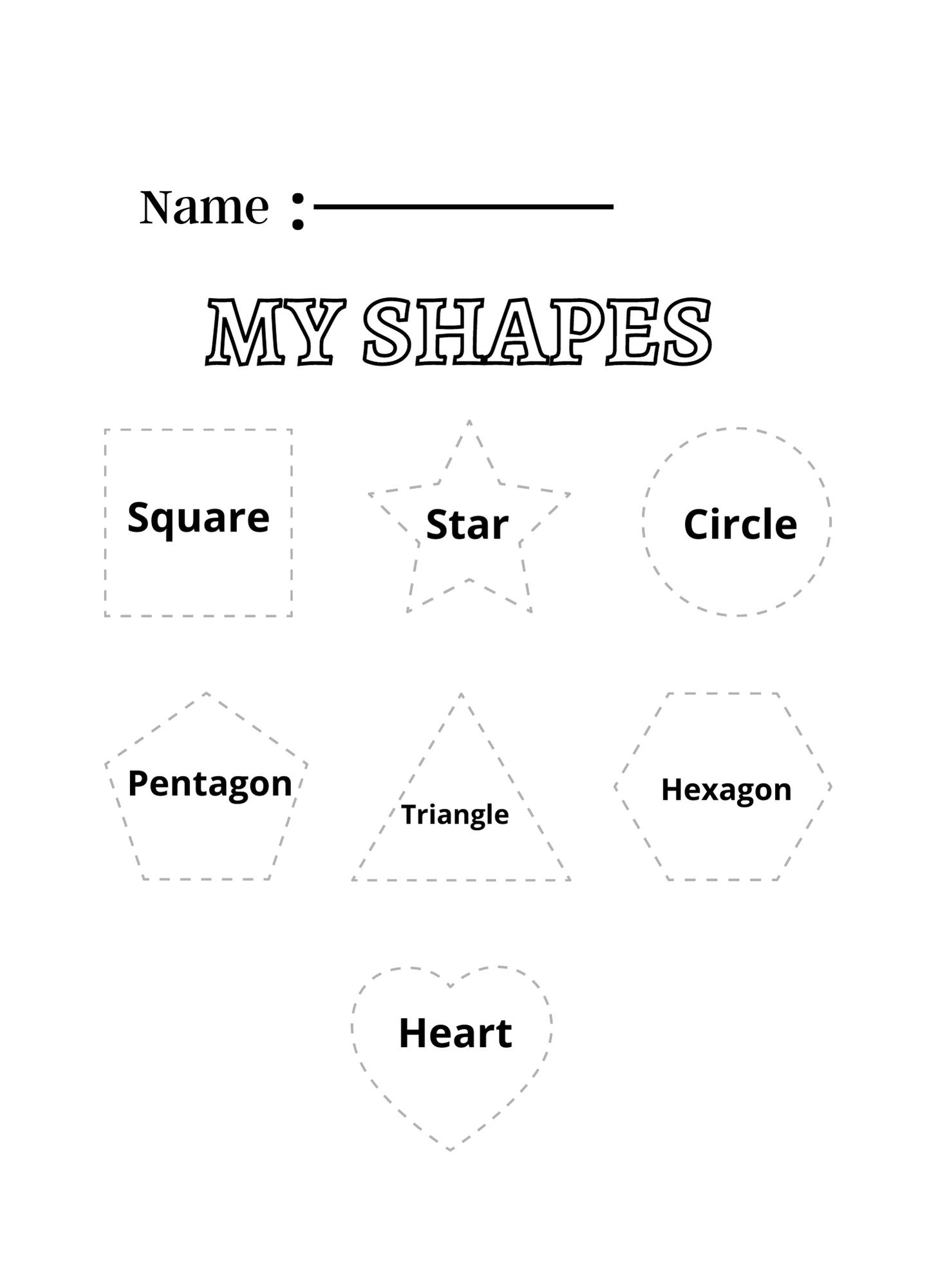Shapes tracing worksheets are a great way for children to practice their fine motor skills and learn about different shapes at the same time. These worksheets typically feature various shapes such as circles, squares, triangles, and rectangles that children can trace with a pencil or crayon. This activity helps improve hand-eye coordination and prepares children for writing and drawing tasks in the future.
Tracing shapes is also a fun and engaging way for children to learn about shapes and their characteristics. By following the lines of the shapes with their pencil, children can start to understand the attributes of each shape, such as the number of sides and corners. This hands-on approach to learning can make geometry concepts more accessible and enjoyable for young learners.
Benefits of Shapes Tracing Worksheets
One of the main benefits of shapes tracing worksheets is that they help children develop their fine motor skills. By practicing tracing shapes, children are strengthening the muscles in their hands and fingers, which are essential for tasks like writing, cutting, and tying shoelaces. These worksheets also help improve hand-eye coordination and spatial awareness, as children have to follow the lines of the shapes accurately.
In addition to fine motor skills, shapes tracing worksheets can also help children with cognitive development. By identifying and tracing different shapes, children are enhancing their visual perception and problem-solving abilities. They are learning to recognize patterns and make connections between shapes, which are important skills for mathematical thinking and reasoning.
Furthermore, shapes tracing worksheets can be a valuable tool for teaching children about symmetry and spatial relationships. As children trace the lines of symmetrical shapes like circles and squares, they are developing an understanding of symmetry and balance. This can lay the foundation for more complex concepts in geometry and art in the future.
In conclusion, shapes tracing worksheets are a beneficial educational resource for young children. They offer a hands-on way for children to practice their fine motor skills, learn about shapes, and develop important cognitive abilities. By incorporating shapes tracing worksheets into their learning routine, children can build a solid foundation for future academic success.
